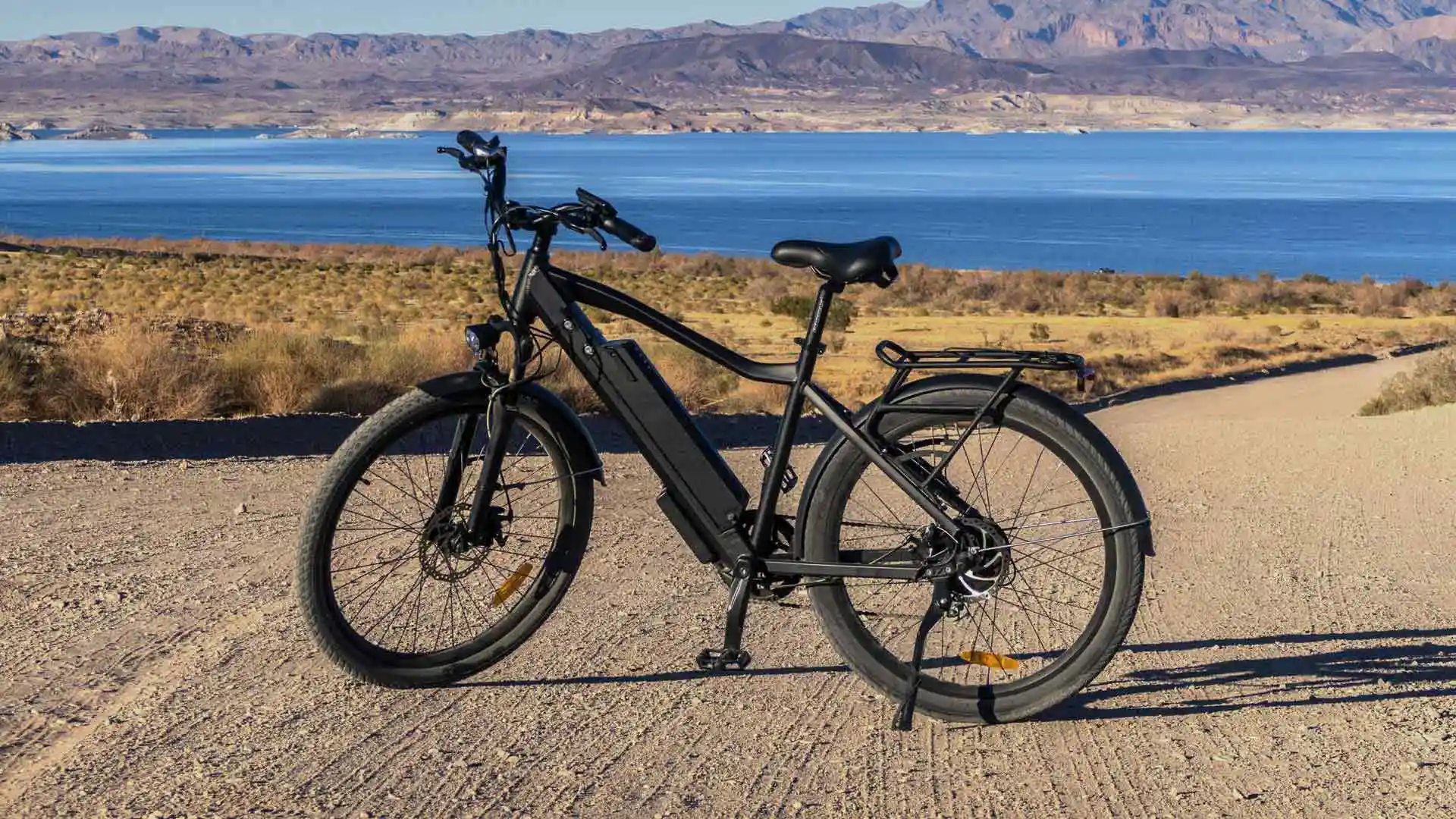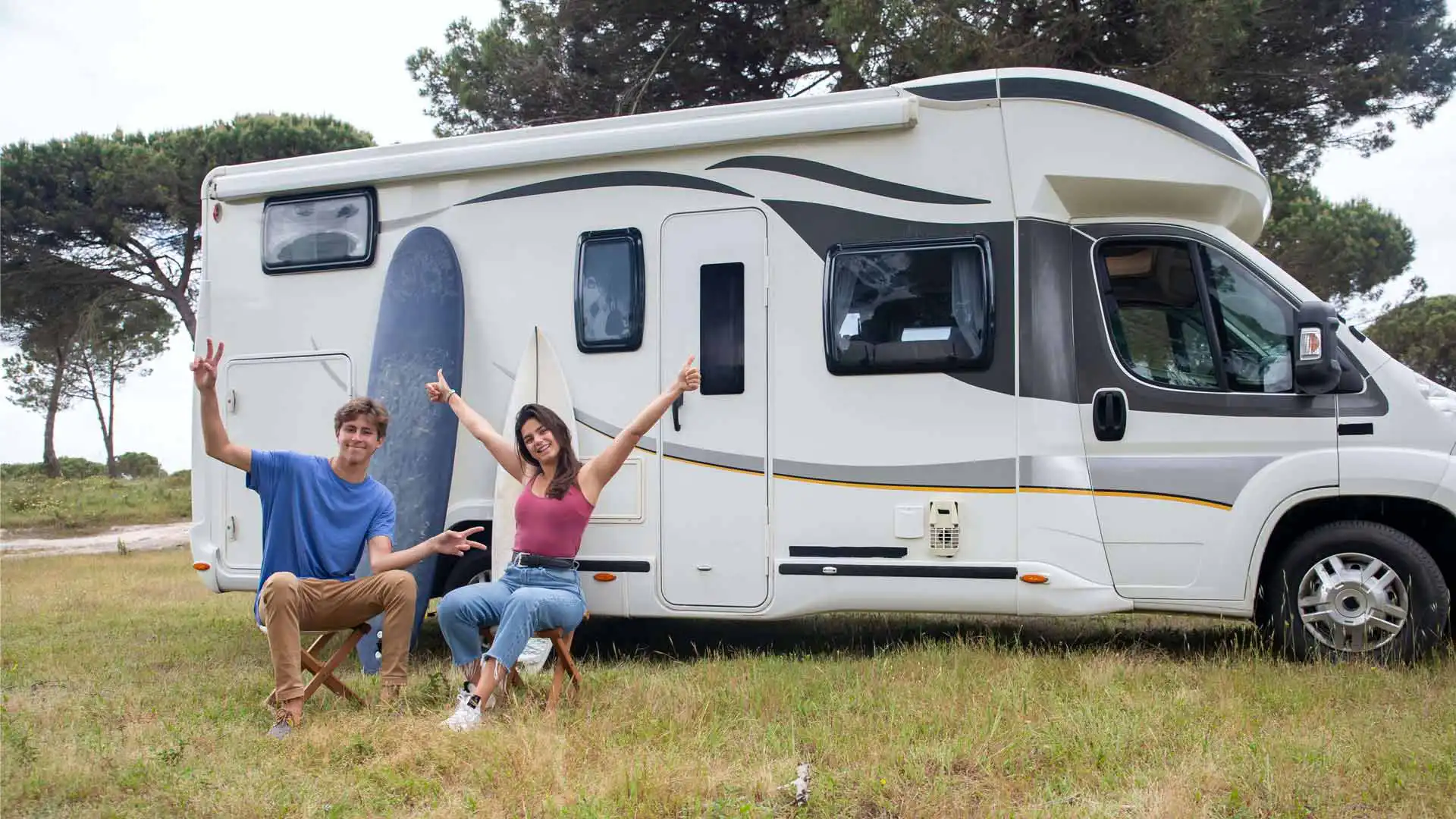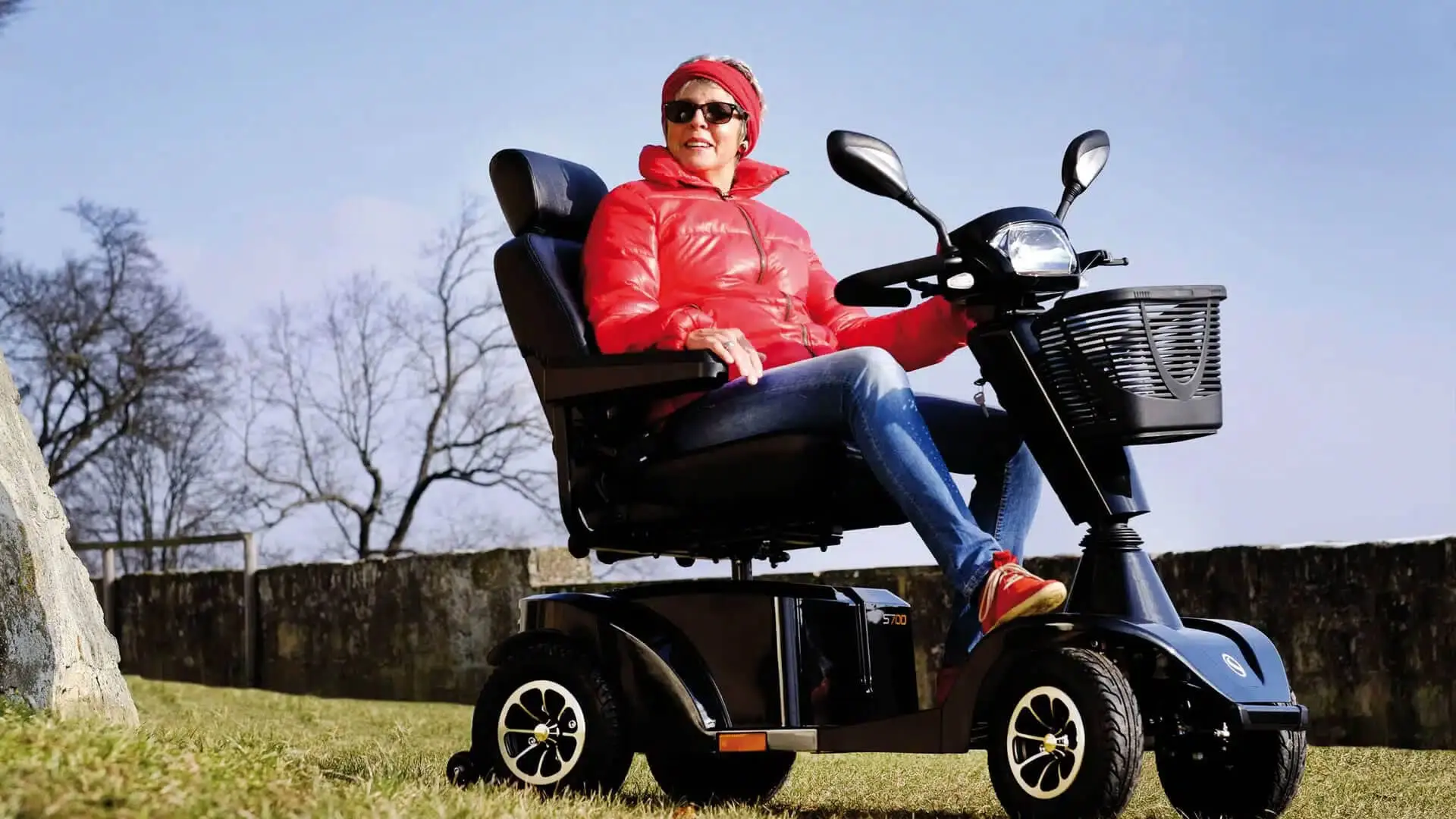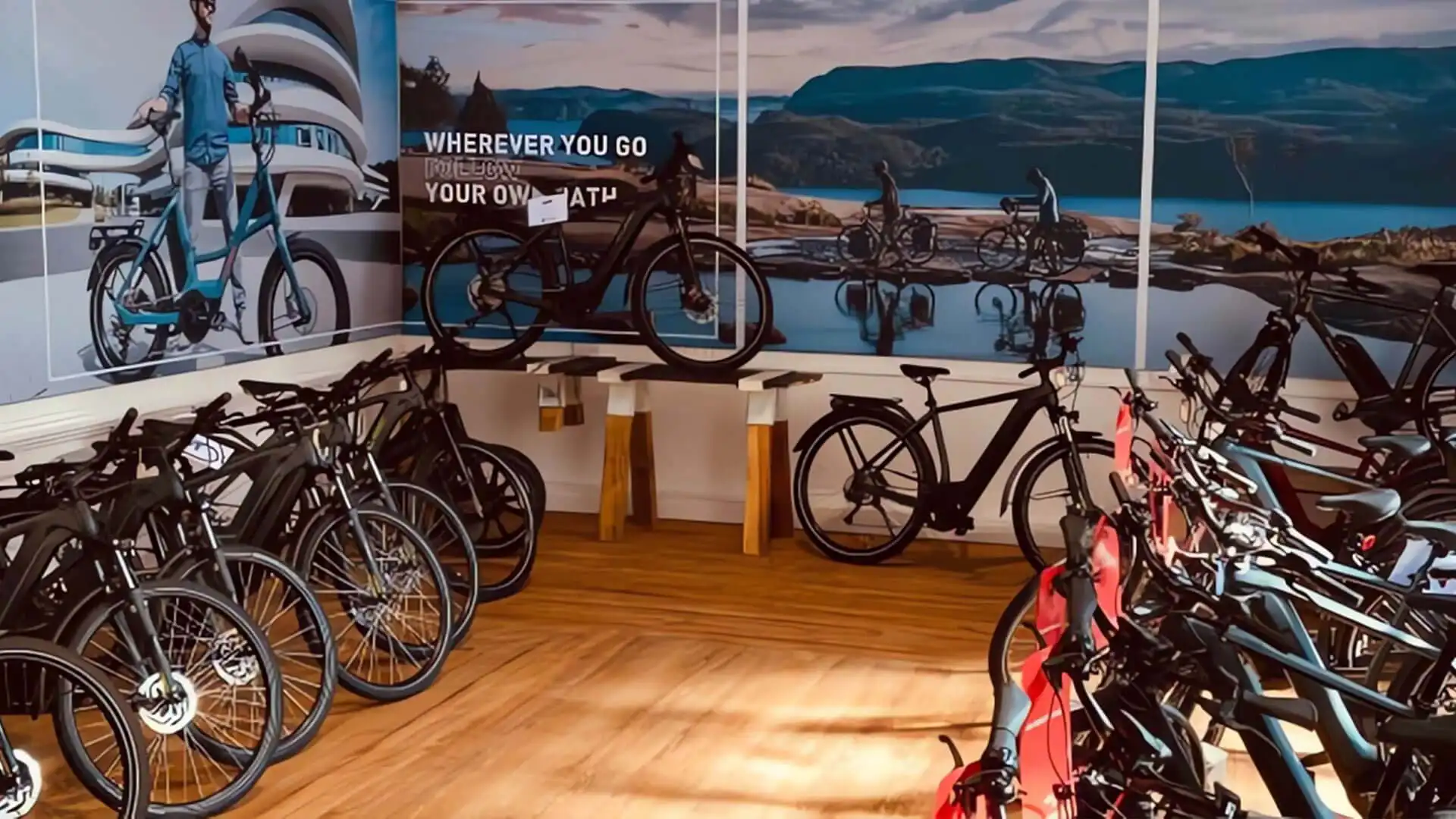In the United States, for some e-bike manufacturers, the target audience is customers who like to go on occasional long rides. Often they are faced with the question, “48V vs 52V ebike battery? who is better?” The concern revolves around the fear of draining the battery, especially when tackling challenging terrains or encountering unpredictable weather conditions. This fear can limit the riders’ ability to explore new places and join group rides.
There is growing interest in e-bike batteries with higher energy density and longer range to help with range anxiety. But is the single-minded pursuit of higher the right thing to do? Don’t worry, let’s dive deeper into 48V VS 52Vebike battery!
48V VS 52V Ebike Battery: Unveiling the Distinctions
The most basic difference as well as the key difference between 52V and 48V e-bike batteries is the voltage difference. It is important to note that voltage itself does not directly relate to the range or performance that is added. Simply said, the higher the voltage, the more energy the battery can store. However, when analyzing the overall performance of an e-bike battery, the battery’s energy density also depends on other factors, such as the capacity and chemistry of the battery. Therefore, decisions should not be based on voltage alone, but rather on an overall understanding of the battery’s characteristics.
Compared to 48V e-bike batteries, 52V e-bike batteries are more powerful. However, 48V e-bike batteries are more commonly used and tend to be considered the industry standard by most e-bike manufacturers.

Do 52V Batteries Have a Longer Range than 48V Batteries?
Some might think that a 52V battery by itself provides a longer range compared to a 48V battery. In reality, this range is largely dependent on the total energy capacity or Ampere-hour (AH) of the battery. 52V and 48V batteries both have different capacity options, which means that a higher voltage does not guarantee a greater range. What’s more, the range of an e-bike battery depends on several factors, including the capacity of the battery, the energy efficiency of the motor, the weight of the rider, and the terrain. So there is no sure answer to this question; a battery with a higher voltage battery may have a lower amp-hour capacity resulting in a similar or even shorter range compared to a lower voltage battery with a higher amp-hour capacity.
48V ebike battery VS 52V ebike battery
| Voltage | 52V | 52V | 52V | 48V | 48V |
| Power (W) | 500-1000 | 1000 | 1000 | 1500 | 1500 |
| Cell chemistry | Samsung 35E or Panasonic GA 3500mAh | Samsung INR21700-50E 5000mAh | Samsung 35E 18650 3500mAh | Samsung INR21700-50E 5000mAh | LG INR21700-50E 5000mA |
| Configuration | 14S4P | 14S4P | 14S6P | 14S6P | 14S8P |
| Solution | 52V 14Ah e-bike battery pack | 52V 20Ah e-bike battery pack | 52V 21Ah e-bike battery pack | 48V 30Ah e-bike battery pack | 48V 40Ah e-bike battery pack |
Can I Use a 52V Battery on a 48V Motor?
Of course, you can. Using 52V batteries allows for faster speeds of acceleration as well as improved hill-climbing power. But when considering the possibility of using a 52V battery in a 48V motor, the compatibility factor becomes an important consideration. We understand that most 48V and 52V controllers generally have maximum voltages between 60V and 64V for the electronics. Higher voltages can lead to fires. That’s why 48V controllers can safely withstand voltages up to 60V. 52V batteries have a maximum voltage of 58.8V when fully charged, so this is a safe voltage for the components in a 48V controller.
For those of you who are considering adding a second battery to your 48V e-bike, we suggest switching directly to a 52V battery with a dual-cell module. Because there is a considerable voltage overlap between the two batteries, this allows the Dual Battery Module to work efficiently. The Dual Battery Module will use a 52V battery that drops from 58.8V when fully charged to 54.6V. This means that the motor will always have access to the full current of both batteries, even when the batteries are depleted. Also, using a dual battery module with a 52V battery will help extend the life of the controller. This is because the controller does not have to work as hard to regulate the voltage.
There will also be people who will want to use a 60V ebike battery in a 48V or 52V motor, this is a no-no. This is because charging a 60V ebike battery to 67.2V will damage many of the critical parts in the 48V or 52V controller.
Here are some tips for selecting a compatible 52V battery on 48V controller:
- Make sure the voltage range of the battery is compatible with your controller.
- Check the current rating of the battery to make sure it is not too high for your motor.
- Make sure the battery has the correct connectors for your motor.
If you are unsure which 52V battery to choose for your 48V motor, it is best to consult a professional ebike battery design engineer to ensure that the motor can handle the increased voltage. CMB is a leading ebike battery manufacturer, click here to get the custom ebike battery guidance.

Are 52 Volt E-bike Batteries Better in Cold Weather?
Cold weather can challenge the performance of e-bike batteries. People usually think that 52V batteries have an advantage over 48V batteries in cold weather. However, the key factor affecting battery efficiency in cold temperatures is battery chemistry, not voltage. Click to learn more specifically about lithium batteries in cold weather.
Undeniably, the range of e-bike batteries goes down in winter. A battery that used to support you for 80 kilometers will suddenly only be able to travel 60 kilometers. So in this respect, we can only say that it’s not that 52V batteries are better than 48V batteries in winter, but that higher-range e-bike batteries are just as good as lower-range e-bike batteries in winter.
Specifically, if we compare the 52V 14Ah battery with the 48V 30Ah battery, in the winter, the range of the 52V 14Ah battery may drop to 20-30 kilometers, while the range of the 48V 30Ah battery may drop to 30-40 kilometers. Therefore, in winter, the 48V 30Ah battery still has a slightly higher range than the 52V 14Ah battery. Of course, this is only a general estimate and the actual range will be affected by other factors.
In conclusion, choosing between 52V and 48V e-bike batteries requires careful consideration of various factors. “48V vs 52V ebike battery? who is better?” Range, compatibility, weather performance, and various other factors determine the overall suitability of an e-bike battery. Therefore, taking a global view that includes all aspects of a battery’s capabilities and requirements is critical to making an informed decision. So, don’t go for high-voltage electric bikes batteries; instead, focus on choosing the right battery that perfectly matches your e-bike expectations. If you are troubled by designing a unique ebike battery, click here to get custom ebike battery guidance from CMB engineers












One thought
Thanks for subscribing and sharing, glad to help!